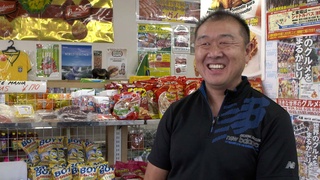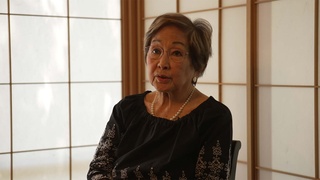Interviews
Decision to remain in the US and become an American citizen
I decided, okay, I should change my life again. So I applied to Cal Poly, they accepted. And then that time I was really not so sure I was able to stay here for a long time. So I told, you know, we are going to come back within three years.
But the, you know, the practice here is very welcoming, my practice. And then children...grown up. So we decided, my wife, “Why don’t we just live here?” Because my son becoming, first son, Koji, becoming citizen. Son become citizen, why parents shouldn’t be citizen, so we decided citizen, 19 – I think ‘89.
Date: August 10, 2016
Location: California, US
Interviewer: Sojin Kim, John Esaki
Contributed by: Watase Media Arts Center, Japanese American National Museum
Explore More Videos

Why I’m glad I immigrated to America (Japanese)
(b. 1925) War bride

The difference between Nikkei community in Oizumi and Brazil (Japanese)
(b. 1979) Sansei Nikkei Brazilian who lives in Oizumi-machi in Gunma prefecture. He runs his own design studio.

Advantages of living in Japan (Portuguese)
(b. 1962) Japanese Brazilian owner of a Brazilian products store in Japan.

More government supports in the city of Oizumi for Japanese Brazilians (Portuguese)
(b. 1962) Japanese Brazilian owner of a Brazilian products store in Japan.

Future of the Japanese Brazilian community in Japan (Portuguese)
(b. 1962) Japanese Brazilian owner of a Brazilian products store in Japan.

Unique Identity from Having Multiple Backgrounds
(b. 1938) Philipines-born hikiagesha who later migrated to the United States.

Father was convinced the constitution would protect him
(b. 1935) Sansei businessman.

The privations of living in post-war Japan, 1952
(b.1925) Nisei of Okinawan descent. Had a 38-year career in Japan as a baseball player, coach, scout, and manager.

Parent’s Marriage
(b. 1939) a businesswoman whose family volunterily moved to Salt Lake City in Utah during the war.
